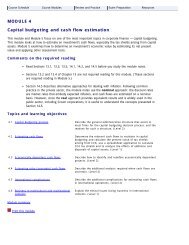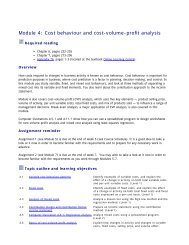Module 6: Capital gains and losses - PD Net
Module 6: Capital gains and losses - PD Net
Module 6: Capital gains and losses - PD Net
You also want an ePaper? Increase the reach of your titles
YUMPU automatically turns print PDFs into web optimized ePapers that Google loves.
taxpayer motivation is also a factor. Taxpayers generally prefer capital <strong>gains</strong> with a 50% inclusion rate<br />
compared to other types of income included at 100%.<br />
Disposition<br />
<strong>Capital</strong> <strong>gains</strong> <strong>and</strong> <strong>losses</strong> are not taxed on an accrual basis. As the tax on the gain is deferred until the gain is<br />
realized, a tax preference occurs, allowing taxpayers to take advantage of the time value of money. This<br />
realization rule has its downside since, in the year the gain is realized, there is a "bunching up" in income, of<br />
past years' accrued <strong>gains</strong>. Therefore, the gain may be taxed at a higher rate of tax than if the accrued <strong>gains</strong><br />
had been taxed on a yearly basis.<br />
An advantage of the realization basis is that it allows taxpayers to control the timing of the gain. For example,<br />
taxpayers may decide to sell capital property on which a substantial gain has accrued in a taxation year in<br />
which they incur <strong>losses</strong> in order to reduce the tax liability on the gain.<br />
The realization basis is introduced in the ITA by providing that capital <strong>gains</strong> are taxed when a "disposition"<br />
occurs, as confirmed by the opening words of paragraph 40(1)(a). Therefore, it is very important to have a<br />
good knowledge of what constitutes a disposition in order to be able to recognize when a capital gain becomes<br />
taxable <strong>and</strong>, if possible, to control the timing of the taxation of the capital gain.<br />
To underst<strong>and</strong> the extent of the first item in the definition of "disposition" in section 248(1), you must review<br />
the definition of "proceeds of disposition" in section 54. It then becomes clear that a disposition includes not<br />
only voluntary dispositions, such as a sale of property, but also involuntary dispositions such as its<br />
expropriation, damage, destruction, or loss when the taxpayer receives compensation. A disposition can also<br />
occur when a creditor takes a property in payment of a debt.<br />
The definition in section 54 is not exhaustive (note the use of the word "includes" in the definition), which<br />
means that a disposition may occur in situations not mentioned, such as when property is destroyed <strong>and</strong> there<br />
is no compensation. In order to prevent the indefinite postponement of the taxation of capital <strong>gains</strong>, several<br />
provisions of the ITA deem a disposition to occur if a specified event occurs, even though the property is not<br />
really disposed. Section 7,020 of the text provides some examples of deemed dispositions for tax purposes<br />
along with the corresponding ITA provision.<br />
file:///F|/Courses/2010-11/CGA/TX1/06course/m06t02.htm[11/10/2010 4:41:57 PM]



![Management Accounting Fundamentals [MA1]: Module 10 ... - PD Net](https://img.yumpu.com/51417019/1/190x245/management-accounting-fundamentals-ma1-module-10-pd-net.jpg?quality=85)
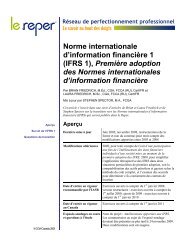


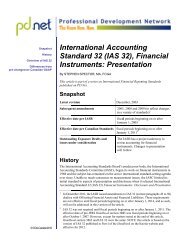
![Managing Information Systems [MS1]: Module 5 course notes - PD Net](https://img.yumpu.com/49314445/1/190x245/managing-information-systems-ms1-module-5-course-notes-pd-net.jpg?quality=85)

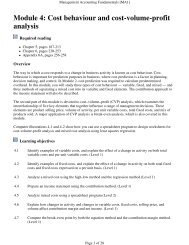
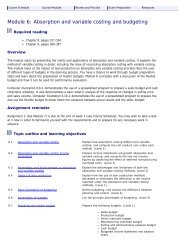

![Financial Accounting - Assets [FA2]: Module 9 course notes - PD Net](https://img.yumpu.com/47639890/1/190x242/financial-accounting-assets-fa2-module-9-course-notes-pd-net.jpg?quality=85)
![Introduction to Personal & Corporate Taxation [TX1] - PD Net](https://img.yumpu.com/46673907/1/190x245/introduction-to-personal-corporate-taxation-tx1-pd-net.jpg?quality=85)

